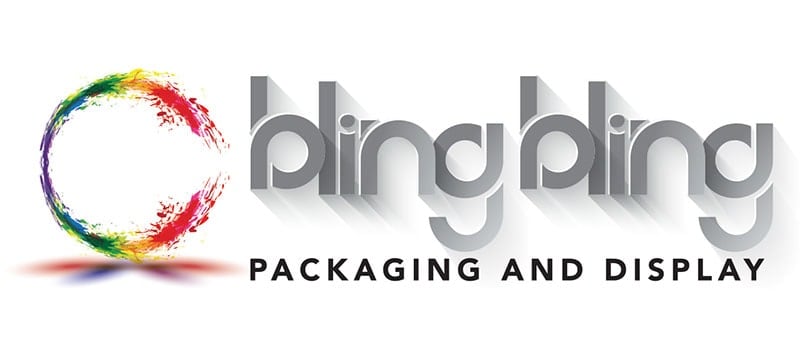Point of purchase (POP) displays are marketing materials designed to attract customers’ attention and drive sales. Their primary purpose is to showcase products, promote special offers or new releases, and create a visually compelling presentation. Furthermore, they come in various forms and sizes, ranging from freestanding floor displays to countertop units, banners, standees, or product demonstrators.
When creating effective POP displays, businesses and marketers must carefully consider the materials they use. Chipboard and cardboard are widely utilized options that offer unique characteristics and advantages. This article will explore these two popular materials to help businesses make informed decisions that optimize their marketing efforts.
Chipboard POP Displays
Chipboard, or particle board, is engineered by binding wood particles together with adhesives. It can also be made from reclaimed paper materials, compressed and bonded under high pressure and temperature.
This material is versatile and widely utilized in various industries, including furniture manufacturing, construction, and POP displays. Its popularity in manufacturing POP displays stems from key advantages, including the following:
Durability
Chipboard exhibits impressive strength and rigidity, making it suitable for holding heavier products or withstanding high-traffic retail environments. This sturdiness ensures that the displays remain intact and attractive throughout their lifespan.
Eco-Friendliness
Since chipboard is frequently manufactured from recycled materials, it is considered an eco-friendly option for businesses seeking to reduce their ecological footprint. Using this material can help them align with sustainable practices and appeal to eco-conscious consumers.
Printability
A chipboard’s smooth surface lends itself well to printing high-quality graphics, vibrant colors, and branding elements. This allows businesses to display their products prominently, enhancing product visibility and improving brand recognition.
Versatility
Chipboards can be easily customized to fit various display sizes and shapes, allowing businesses to create unique and eye-catching designs. Whether the store requires floor-standing displays, countertop units, or wall-mounted presentations, this material offers flexibility in meeting specific requirements.
Cardboard POP Displays
Cardboard or corrugated displays are customizable marketing materials made from cardboard or corrugated board. Cardboard is a multipurpose material with a corrugated inner layer between two flat liner boards. This design provides the final assembly with strength, rigidity, and durability, making it suitable for POP displays.
Key features and benefits of cardboard POP displays include the following:
Cost-Effectiveness
Cardboard is generally more affordable than chipboard, making it a suitable option for businesses operating on tighter budgets. This cost advantage allows them to allocate their resources more efficiently, especially for short-term promotional campaigns or when testing new product lines.
Flexibility
The material can be easily shaped, folded, and manipulated, allowing designers to create various display configurations. Whether the retail store needs standees, dump bins, or countertop displays, cardboard allows for easy customization and adaptability to specific needs.
Lightweight
Cardboard displays are significantly lighter than their chipboard counterparts. This feature benefits businesses concerned about shipping costs or frequently rearranging their presentations within the retail space. Moreover, this lightweight material makes it easier to handle during assembly and installation.
Recyclability
Corrugated boards are highly recyclable, making them an environmentally friendly choice. As businesses increasingly embrace sustainability practices, opting for recyclable materials demonstrates a commitment to reducing waste and contributing to a circular economy.
Chipboard vs. Cardboard: Factors Influencing Material Selection
Although both materials are commonly used to make POP displays, the following factors must be considered when selecting the most suitable one:
Product Weight and Size
If the products are relatively heavy or require substantial support, chipboard might be the better option due to its inherent strength and durability. Its robust nature enables it to withstand the weight of heavier items, ensuring that the displays remain sturdy and visually appealing. On the other hand, cardboard is a viable choice for lighter products.
Display Lifespan
If the displays will be used for extended periods or must endure frequent handling, the chipboard’s sturdiness may provide a longer lifespan. Meanwhile, if they are temporary, cardboard’s cost-effectiveness might be more practical.
Customization Requirements
Chipboard’s versatility offers more design possibilities if intricate or uniquely shaped displays with precise cutting, scoring, and detailed graphic designs are desired. On the other hand, suppose the display requirements are relatively straightforward and do not necessitate complex elements. Then, cardboard’s flexibility can deliver visually appealing and effective displays.
Elevate Your Display Game With Bling Bling Packaging!
At Bling Bling Packaging, we prioritize the creation of visually appealing and highly effective displays that drive sales. We can also quickly bring all ideas to life with our fast and hassle-free prototyping and design services. Additionally, we understand the value of timely delivery and strive to meet deadlines without compromising quality.
Contact us today to get started on your custom project.
